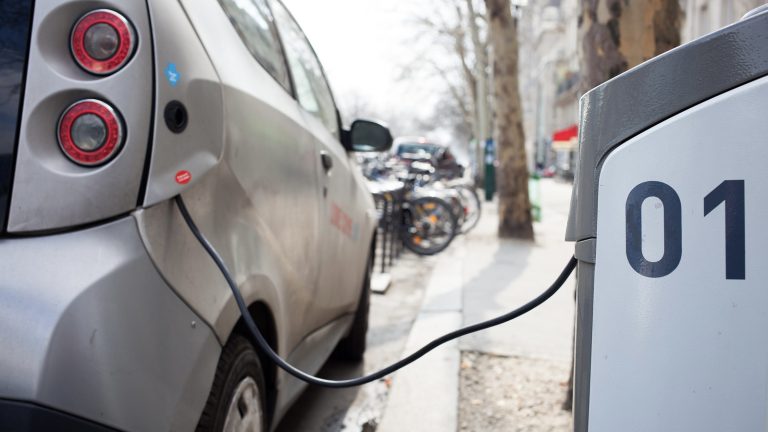Transcript:
As more people buy electric vehicles, charging could put a strain on the grid — especially if everyone charges at a time when electricity usage is already high.
Cody: “Typically, power demand is highest when people are coming home from get off work, turning on lights, cooking, doing laundry.”
Kendall Cody works for a startup called WeaveGrid. When demand is high, utilities sometimes need to turn on backup power plants, which often run on dirtier fossil fuels, she said. And it's expensive.
So WeaveGrid developed software that utilities can offer to customers with electric vehicles to optimize their charging times.
Cody: “They'll be plugged in…We'll basically move the car charging to a certain time – usually in the middle of the night – sometimes in the middle of the day when there's a lot of solar available…so when the grid is not stressed The car charges when there is plenty of renewable electricity available, such as when there is a breeze or the sun is shining.
WeaveGrid is working with utilities in Alabama, Georgia, Maryland and elsewhere to provide the platform to drivers and help accelerate the transition to a cleaner transportation future.
Report source: Sarah Kennedy/ChavoBart Digital Media
Only 28% of U.S. residents regularly hear about climate change in the media, but 77% want to know more. By 2025, you can show Americans more climate news.
